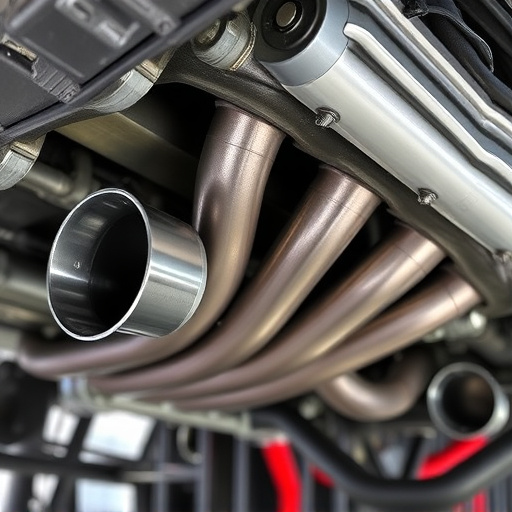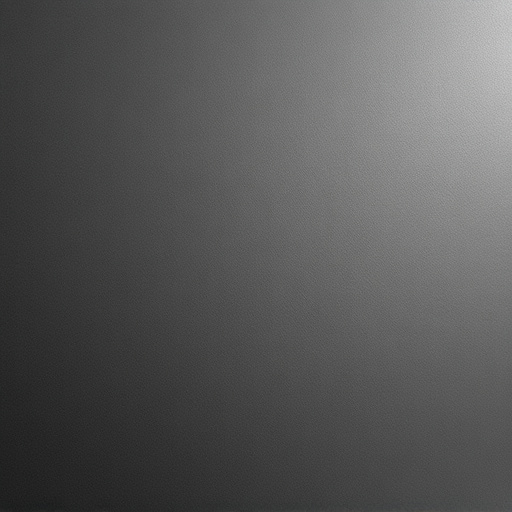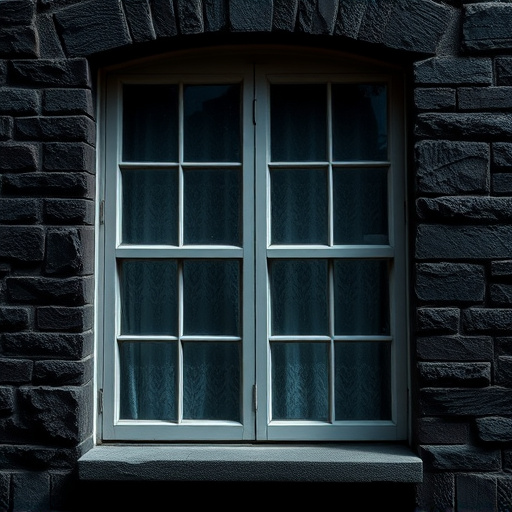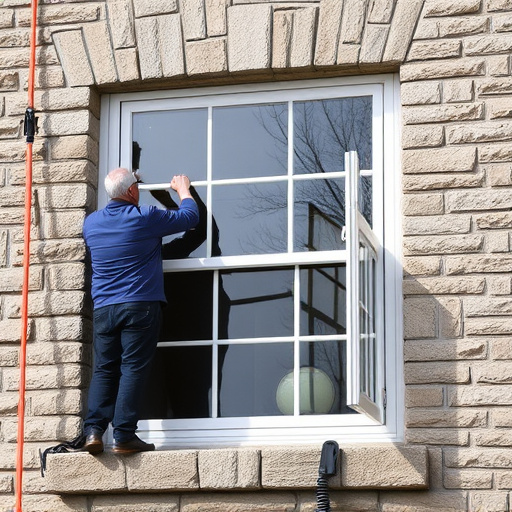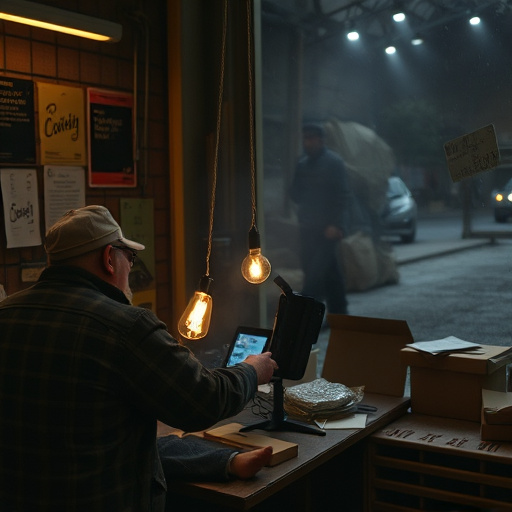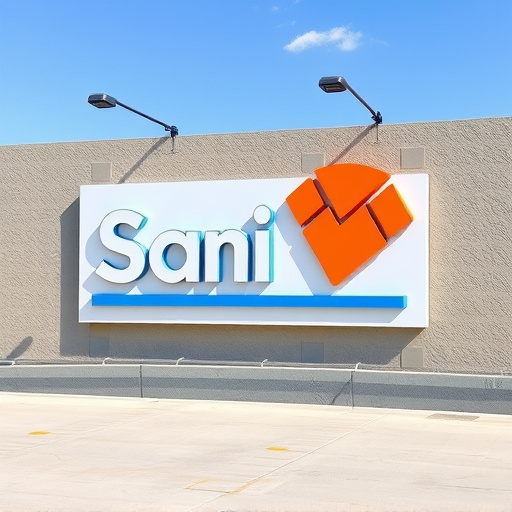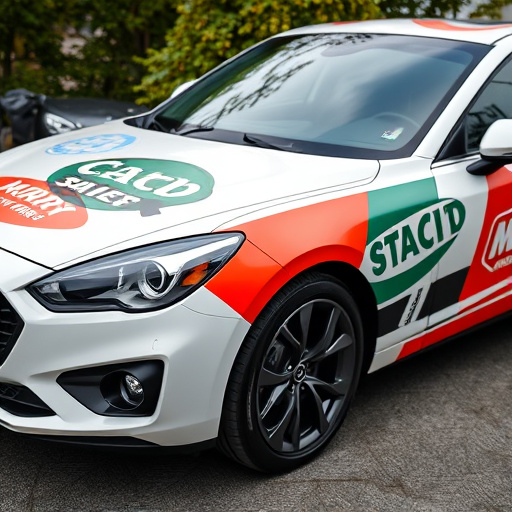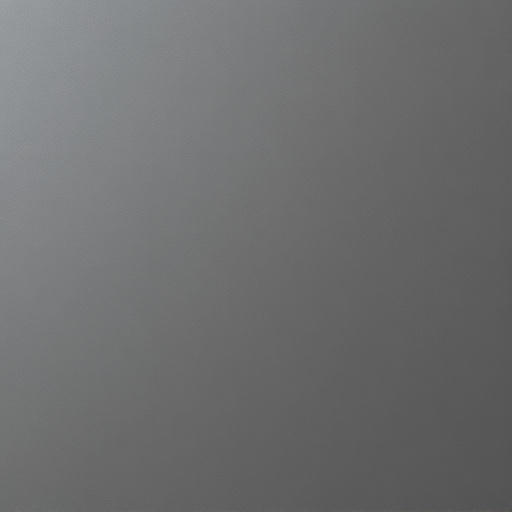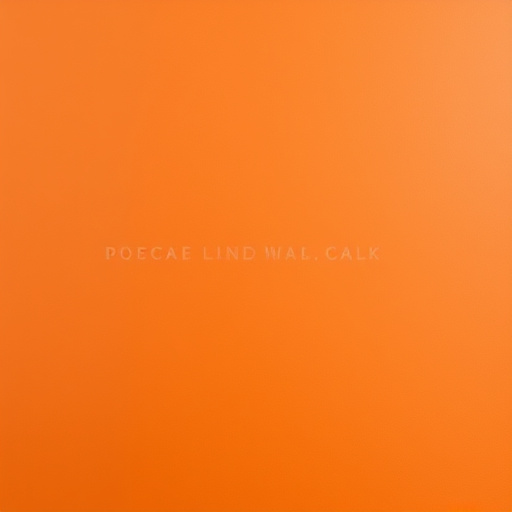Ceramic coating application is a cutting-edge solution for vehicle exteriors, offering indestructible protection and a glossy finish. Made from ceramic nanoparticles in a resin matrix, it surpasses wax and polishes with superior scratch resistance and contamination repellence. The meticulous application process involves surface preparation, followed by spray or roller application and curing. Once set, the coating fuses with the surface, eliminating the need for frequent reapplication like vinyl wraps. Regular upkeep includes washing and reapplying every 6-12 months, protecting against UV damage, chemical stains, and bird droppings, thus saving costs on repairs.
Discover the power of ceramic coating application – a revolutionary technology transforming vehicle care. This article explores how this advanced protection system offers significant long-term cost savings, outperforming traditional methods. Learn about its durable, water-repellent properties that reduce wash frequency and prevent damage from stains and UV rays. We’ll guide you through the benefits and provide tips on incorporating ceramic coating into your regular maintenance routine for a gleaming, money-saving ride ahead.
- Understanding Ceramic Coating: The Basics
- Long-Term Cost Savings and Benefits
- How to Incorporate Ceramic Coating into Your Maintenance Routine
Understanding Ceramic Coating: The Basics

Ceramic coating application is a advanced protective layer that enhances the exterior finish of vehicles, among other surfaces. Unlike traditional wax or polishes, which offer temporary protection against stains and damage, ceramic coatings provide long-lasting, durable shielding. These coatings are made from ceramic nanoparticles suspended in a resin base, creating a hard, glossy barrier that not only protects but also adds a deep, lustrous shine.
The application process involves several steps: cleaning and preparation of the surface to ensure optimal adhesion, applying the ceramic coating with a sprayer or roller, and then curing it under specific conditions for maximum effectiveness. Once cured, the coating forms a strong bond with the surface, offering superior scratch protection compared to vinyl wraps or vehicle wraps. It also repels water, dirt, and other contaminants, making maintenance easier and the finish more durable over time.
Long-Term Cost Savings and Benefits

Investing in ceramic coating application offers significant long-term cost savings and benefits. Unlike traditional methods like paint correction, which requires frequent repetition to maintain high-quality finishes, ceramic coatings provide ongoing protection for extended periods. This means less money spent on regular re-application and touch-ups, making it a financially prudent choice for vehicle owners.
Moreover, the durable nature of ceramic coatings translates into enhanced paint protection, shielding your car from damaging UV rays, bird droppings, tree sap, and other environmental contaminants. By eliminating the need for frequent washes and detailed cleaning, you save time and effort while preserving the original look and value of your vehicle. Consider it a form of insurance for your investment, offering both financial and aesthetic advantages over conventional protection films.
How to Incorporate Ceramic Coating into Your Maintenance Routine

Incorporating ceramic coating into your maintenance routine is a straightforward process that can significantly extend the life of your vehicle’s finish. Start by understanding that ceramic coating isn’t just a one-time application; it requires regular upkeep to maintain its protective barrier. Begin with a thorough wash and decontamination, ensuring your car is free from any contaminants or dirt. This step is crucial as it prepares the surface for the coating, allowing it to bond effectively. After washing, use a high-quality ceramic coating product specifically designed for automotive applications. Apply it evenly across all surfaces using a professional applicator pad or brush, following the manufacturer’s instructions for drying times and application techniques.
Regular maintenance includes reapplying the ceramic coating every 6–12 months, depending on your driving habits and environmental conditions. Between coats, perform periodic washes and inspections to address any minor scratches or imperfections promptly. Remember, a well-maintained ceramic coating can protect your vehicle from UV damage, chemical stains, and even minor bird droppings, saving you money on costly repairs and restoration procedures like paint correction or ceramic window tinting.
Ceramic coating application isn’t just a surface treatment; it’s an investment that pays dividends over time. By understanding its basics, recognizing the long-term cost savings, and integrating it into your maintenance routine, you can protect your assets, enhance their aesthetics, and enjoy a more efficient, money-saving approach to care. Embrace ceramic coating as a game-changer for lasting protection and significant financial benefits.
